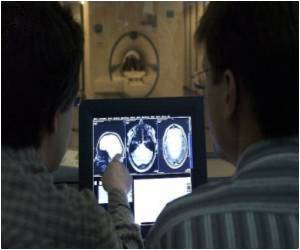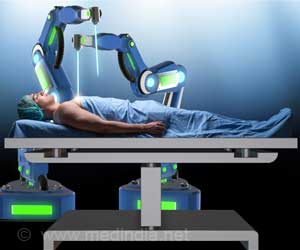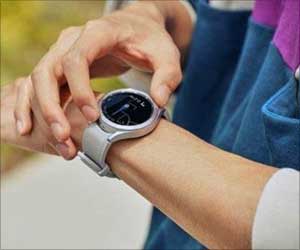
Researchers at Fraunhofer Institutes for Photonic Microsystems, Laser Technology, and Integrated Circuits have come out with a novel laser system that can be a safer option.
The surgeon can use this new system which has advanced mirrors and a femto-second laser to enable guidance to a surgeon while cutting beam. This can help the surgeon gain access to the skull without causing injury.
An articulated mirror arm is used to guide the laser beam into the hand piece.
The core consists of two new types of micro-mirrors. The cranial vault incision is made by the first one and any further adjustments to position are made by the second mirror.
“Whereas the silicon panel in conventional micro-mirrors is mirrored by an aluminum layer measuring a hundred nanometers thick, we applied highly-reflective electric layers to the silicon substrate,” scientists explained.
Advertisement
Source-Medindia













